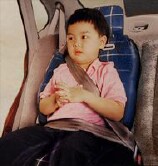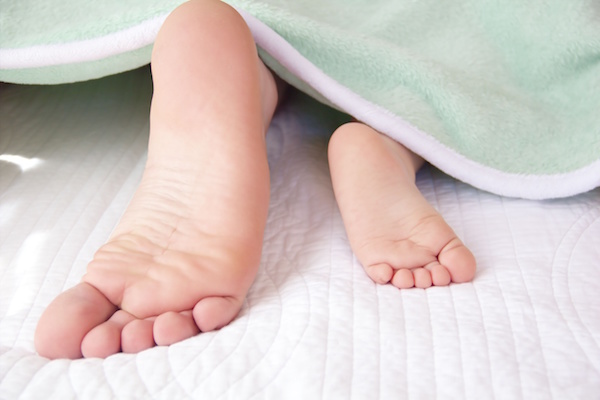
MONDAY, Jan. 30 (HealthDay News) — Most parents in the United States place their children in a booster seat when they’re driving their own car, but many don’t enforce this rule when their child is in a car with another driver, a new study indicates.
The researchers at University of Michigan’s C.S. Mott Children’s Hospital found that more than 30 percent of parents don’t require their children to use a booster seat when they carpool, and 45 percent of parents don’t make their children use a booster seat when driving other children who don’t have one.
The study appears online Jan. 30 ahead of print in the journal Pediatrics.
“The majority of parents reported that their children between the ages of 4 and 8 use a safety seat when riding in the family car,” Dr. Michelle Macy, a clinical lecturer of emergency medicine at the University of Michigan Medical School and a pediatrician at C.S. Mott Children’s Hospital, said in a university news release.
“However, it’s alarming to know that close to 70 percent of parents carpool, and when they do, they’re often failing to use life-saving booster seats,” she added.
Factors such as limited vehicle space and difficulties making arrangements with other drivers can cause parents to do without booster seats when carpooling, the researchers suggested.
U.S. guidelines encourage the use of a booster seat until a child is 57 inches tall, the average height of an 11-year-old. In many states, children are required to use a booster seat until they are 8 years old.
Using an adult seat belt for a child who is too small can result in improper fit of the shoulder and lap belts and nullify the lifesaving benefits of a seat belt, the researchers said.
“Therefore, parents who do not consistently use booster seats for kids who are shorter than 57 inches tall are placing children at greater risk of injury,” Macy said. “Parents need to understand the importance of using a booster seat for every child who does not fit properly in an adult seat belt on every trip.”
More information
The U.S. Centers for Disease Control and Prevention has more about child passenger safety.

